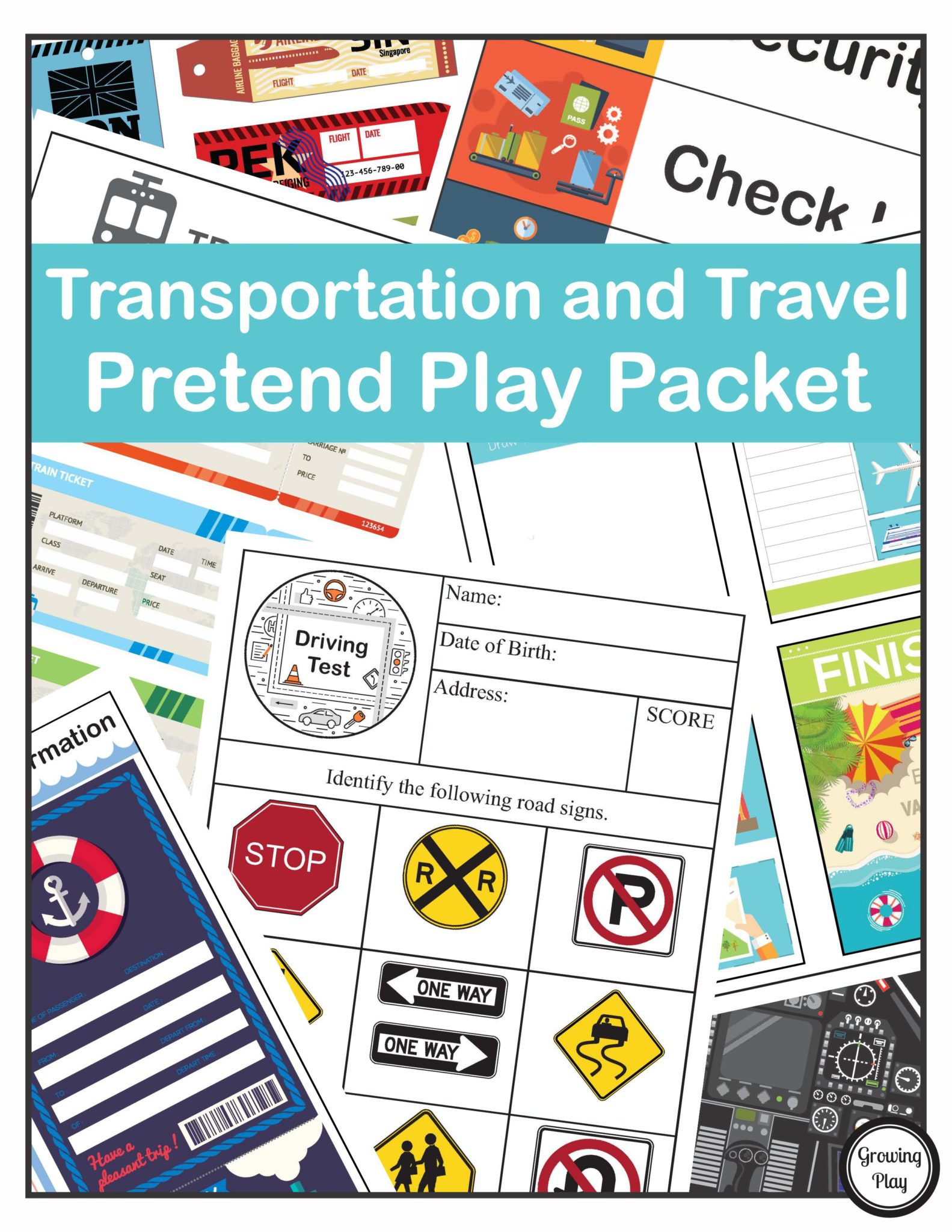Train Facts for Kids

Welcome, young explorers, to this exciting journey into the world of trains! Chugging through mountains, dashing across plains, and racing down the coastline, trains have been a vital part of human history. These train facts for kids will reveal the fun, fascinating, and sometimes surprising aspects of trains, from steam locomotives to high-speed bullet trains, and everything in between.
THE 10 BEST TRAIN FACTS FOR KIDS: CHUGGING THROUGH KNOWLEDGE
Let’s get started with the ten best train facts for kids:
- The first steam locomotive was invented by George Stephenson in the early 19th century, marking the dawn of a new era in transportation.
- Diesel and electric locomotives revolutionized rail travel, allowing trains to travel longer distances at higher speeds.
- High-speed railways today, like the ones in China, use advanced technology such as magnetic levitation to reach impressive speeds. The world’s fastest train, the Maglev, averages a speed of 267.8 mph!
- Long-distance passenger trains, like the Trans-Siberian Express and the Orient Express, offer luxurious amenities, making the journey unforgettable experience.
- Subway trains are often a canvas for urban artists. Many are beautifully adorned with colorful, creative graffiti making each car unique!
- Shinjuku Station in Tokyo, Japan, is the busiest train station in the world, with an average of 3.64 million passengers daily.
- The longest freight train in history was the Australian BHP Iron Ore train, stretching over 7.3 kilometers long – about 75 football fields!
- Train whistles are designed to be loud to enhance safety regulations and can be heard from miles away.
- Trains are scentless mainly because they are made from metals and plastics which do not emit strong odors.
- Train races are real! In certain events, historic steam trains compete against modern diesel locomotives to see which can cross the finish line first.
Read on to continue this fantastic journey of discovery, filled with exhilarating train facts that prove learning can be a thrilling ride! Try this Train Word Search Free Printable Puzzle too!

Transportation and Travel Pretend Play Packet
THE BEGINNINGS: STEAM LOCOMOTIVES AND EARLY TRAINS
Our journey begins in the early 19th century with the first steam locomotive, invented by George Stephenson. Steam engines, a revolutionary technology of the Victorian era, powered these early trains. The steam pushed pistons, which then moved the wheels, carrying both people and goods over long and short distances.
During this era, the Union Pacific Railroad was established in the United States, marking the beginnings of an extensive network of railroad tracks across North America.
Want to learn more interesting tidbits? Check out all these FUN FACTS FOR KIDS.
FROM STEAM TO DIESEL AND ELECTRIC LOCOMOTIVES
As technology progressed, so did trains. The diesel engine, known as the prime mover, replaced steam engines in diesel locomotives. Diesel trains could travel longer distances without needing to stop for water like their steam counterparts, a huge leap in efficiency.
Electric locomotives came next, powered by overhead wires or an electrified rail track. Electric trains are eco-friendly, reducing carbon footprint and environmental impact, making them an excellent choice for public transportation in metropolitan and urban areas.
MODERN TRAINS: HIGH SPEED RAILWAYS AND MORE
Modern trains have taken rail travel to new heights or higher speeds. High-speed rail systems, like the ones found in China, use advanced technology such as magnetic levitation to achieve incredible speeds. The world’s fastest train, the Maglev, zips along at an astonishing average speed of 267.8 mph!
Long-distance passenger trains, like the Trans-Siberian Express and the Orient Express, offer not just a train journey, but an enjoyable experience. They often feature first-class carriages with luxurious amenities such as Wi-Fi hotspots, electrical outlets, and even medical care.
Subway trains are common in large cities such as New York City. These trains travel short distances at different speeds, depending on the surrounding area and travel times.

MORE FUN TRAIN FACTS FOR KIDS: INTERESTING TIDBITS
Now for some more fun train facts for kids! Did you know that the busiest train station in the world is Shinjuku Station in Tokyo, Japan? It sees an average of 3.64 million passengers each day!
The longest freight train in history was the Australian BHP Iron Ore train, stretching over 7.3 kilometers long. That’s about 75 football fields!
Train whistles are loud for a reason. They can be heard from miles away, alerting people to an approaching train and enhancing safety regulations.
Have you ever thought about why you can’t smell a railway station or train car as you would a human body or a human nose? This is because trains are mainly made from metals and plastics which do not give off strong scents.
THE IMPACT OF TRAINS: MORE THAN JUST A MODE OF TRANSPORT
Trains have had a profound impact on the way people live and work. In the past, freight trains transported raw materials across great distances, from rural areas to industrial centers. Today, they continue to play a crucial role in the movement of goods.
Passenger trains have transformed the tourist industry, making it possible to travel great distances across an entire continent, experiencing different destinations. In cold winters, trains provide a warm and cozy mode of travel, often more reliable than other forms of transport.
Trains also contribute to children’s play and learning experiences, with train sets being a popular toy that sparks imagination and creativity.
CONCLUSION: THE FUTURE OF TRAINS
The railway industry is continuously evolving. Today, engineers are developing technologies to make trains even faster, more efficient, and more environmentally friendly. From the first steam trains to the high-speed bullet trains of today, trains have come a long way.
We hope you enjoyed these train facts for kids. Trains are an important part of our history, our present, and surely our future. So next time you see a train, remember the amazing facts you’ve learned today and appreciate these magnificent machines even more!


